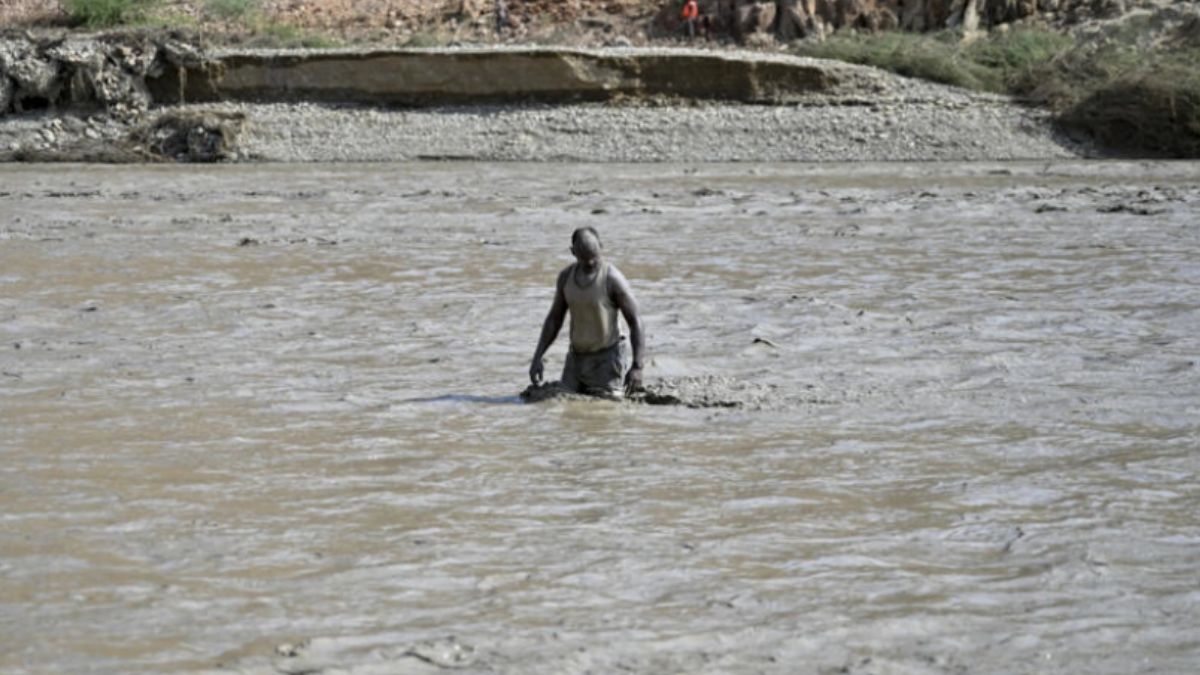In the tenth round of negotiations for the Comprehensive Economic Cooperation Agreement, India and Australia are poised to finalise agreements on 10 crucial chapters with key discussions focussing on enhancing market access, expanding sectoral coverage and addressing trade barriers read more
)
India and Australia are set to embark on the tenth round of negotiations for their Comprehensive Economic Cooperation Agreement from August 19-22, 2024, in Sydney. AP
India and Australia are set to embark on the tenth round of negotiations for their Comprehensive Economic Cooperation Agreement (CECA) from August 19-22, 2024, in Sydney. This critical round marks a significant step in expanding the scope of their bilateral trade relations building on the existing Economic Cooperation and Trade Agreement (ECTA) that came into force in December 2022. With discussions already completed on four of the 19 policy areas, the upcoming talks aim to finalise more than 10 chapters, with a particular focus on enhancing market access in goods and services. Both nations are also keen to introduce new sectors, such as competition policy, MSMEs and critical minerals into the agreement signalling a deepening of their economic partnership.
Here are 10 key points from the reports on the ongoing negotiations for the India-Australia CECA:
1. Tenth round of negotiations: The tenth round of negotiations for the CECA between India and Australia is set to take place from August 19-22, 2024, in Sydney. This will be the first physical meeting since January.
2. Progress on chapters: Discussions on 4 out of 19 policy areas have been completed with significant progress on several others. The aim is to close negotiations on more than 10 chapters in this round.
3. Market access in goods and services: The upcoming negotiations will focus heavily on market access in goods and services building on the provisions of the existing Economic Cooperation and Trade Agreement (ECTA).
4. Inclusion of new areas: CECA aims to include new areas such as competition policy, MSMEs, innovation, agriculture technology, critical minerals and sports reflecting mutual interests of both countries.
5. Rules of origin and digital trade: Significant progress has been made in rules of origin and digital trade with visible convergence in areas like competition, innovation, labour, gender and environment.
6. Non-tariff barriers and market access: India is pushing for the removal of non-tariff barriers hindering the export of agricultural products to Australia. Additionally, India seeks to address pharmaceutical pricing controls particularly for generics.
7. ECTA as a foundation: The CECA builds on the ECTA, an interim pact implemented in December 2022, which provided zero-duty access to 98.3 per cent of tariff lines accounting for 96.4 per cent of India’s exports to Australia.
8. Bilateral trade volume: The trade between India and Australia reached nearly $24 billion in 2023-24 with India exporting $7.9 billion worth of goods and importing $16.1 billion.
9. Stagnant trade growth: Despite the ECTA coming into force, there hasn’t been a substantial increase in the exchange of goods with trade figures hovering around $25 billion since 2021-22.
10. Zero-duty access under ECTA: ECTA currently allows duty-free access to Indian exporters in over 6,000 sectors including textiles, furniture, jewellery, leather and machinery with further discussions expected to expand this under CECA.

 2 months ago
22
2 months ago
22
)
)
)
)
)
)
)
)
)
)
)
)
)
)
)
)
)
)
)
)
)
)
)
)
)
 English (US) ·
English (US) ·